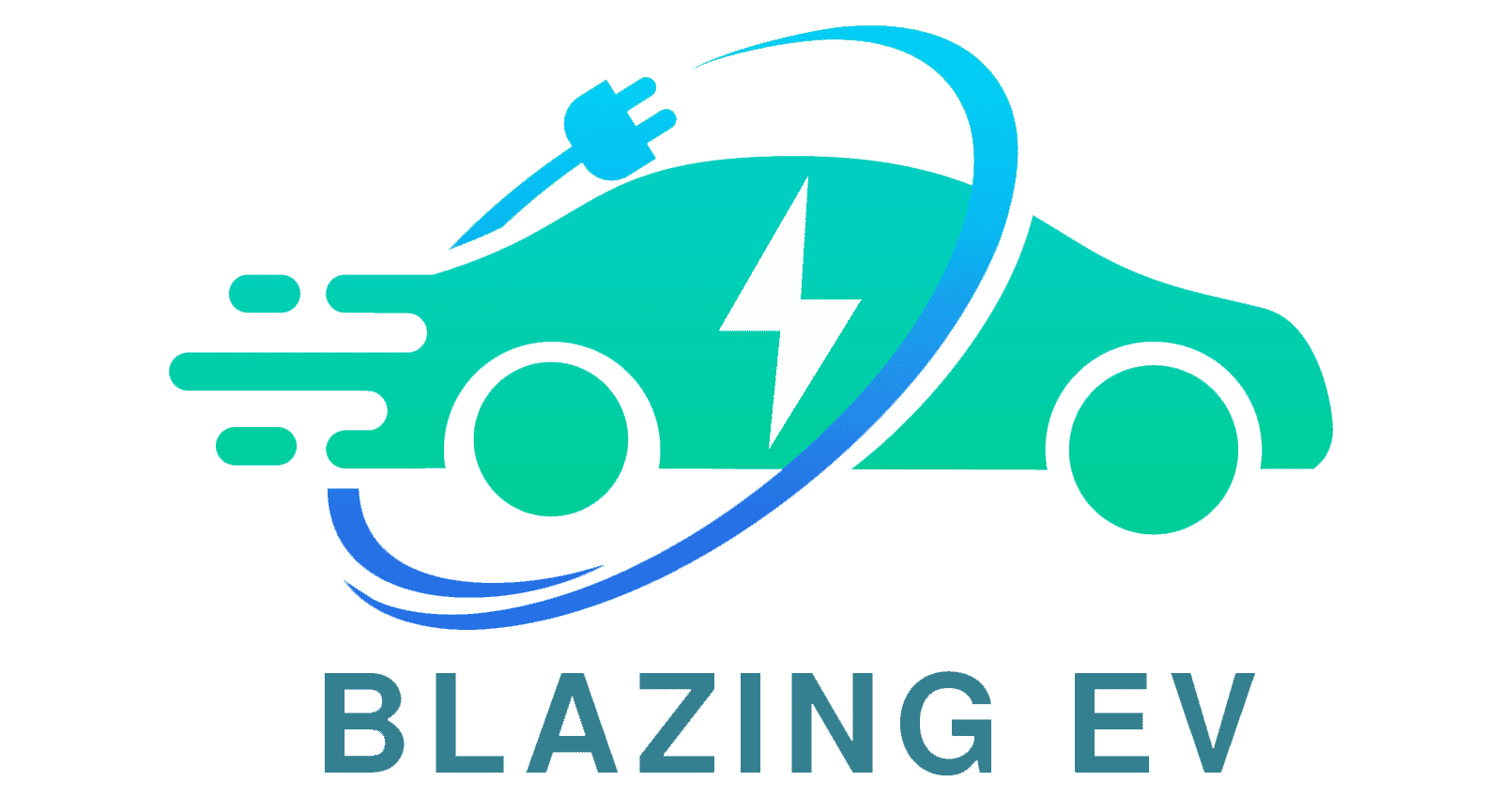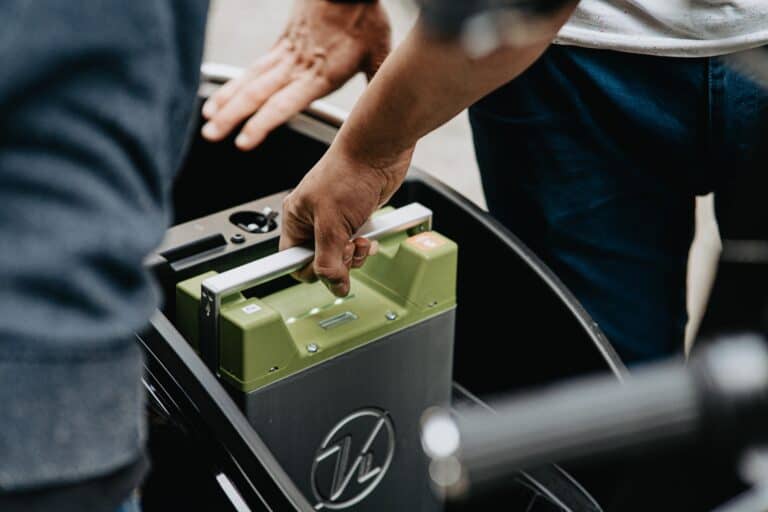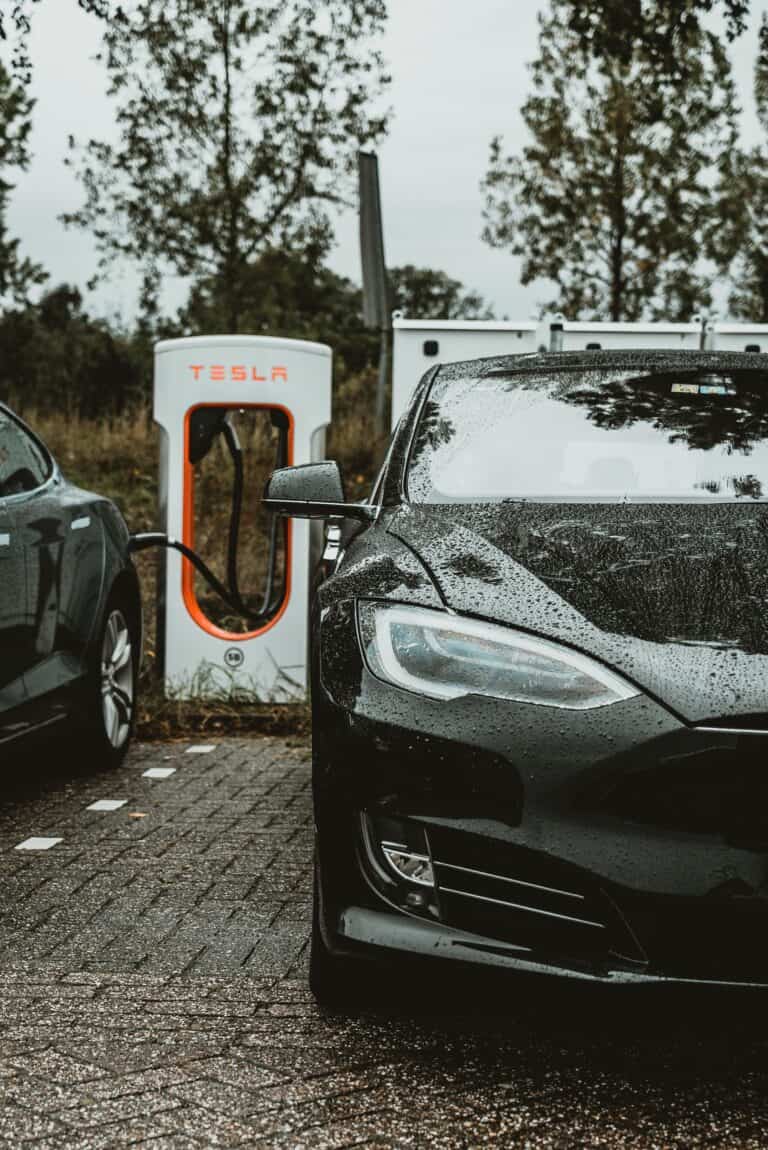What Happens when an EV sits for a prolonged period?
Let’s face it, electric vehicles (EVs) are great. They are environmentally-friendly, sleek, quiet, and downright trendy. What could go wrong???
Ok, imagine that you have a bicycle that you haven’t ridden in several months. You take it out for a spin, but you notice that the tires are flat and the brakes are squeaky. Despite your best efforts to pump up the tires and oil the chain, the bike just doesn’t seem to run as smoothly as it did before. It’s just not what it used to be. Obviously, the reason for this is that when the bike is left unused for a long period of time, the rubber in the tires starts to break down and lose air pressure. The brake pads also become stiff and less effective.
Similarly, when an electric vehicle’s battery is left unused for an extended period, its capacity can degrade and its ability to hold a charge can be reduced. The battery discharge rate for an EV varies depending on multiple factors, such as the type of battery, storage temperature, and duration of disuse. In this article, we’ll discuss how long an EV battery can last without use and provide examples of popular EV’s and their discharge rates.
The exact discharge rate of an electric vehicle’s battery when it’s not in use varies depending on several factors, including the make and model of the vehicle, the age and condition of the battery, and the storage conditions. However, there are some general guidelines that can give EV owners an idea of how long their battery will last.
First, it’s important to note that most electric vehicle batteries have a battery management system that helps to prevent the battery from fully discharging when the vehicle is not in use. This system may keep the battery at a certain state of charge, typically around 50%, to help prolong the battery’s life.
However, even with a battery management system in place, electric vehicle batteries can still slowly discharge over time. In general, EV batteries can lose anywhere from 1-4% of their charge per day, depending on the factors mentioned above.
Specific vehicles and their discharge rate
Tesla Model S: According to Tesla, the Model S battery will lose about 1% of its charge per day when the vehicle is not being used. This means that if the battery is at a full charge when parked, it will take approximately 3 months for the battery to reach a 0% charge.
Nissan Leaf: The Nissan Leaf battery is estimated to lose about 2-4% of its charge per day when not in use, depending on the storage conditions. This means that the Leaf’s battery could reach a 0% charge in as little as 2-3 weeks if not plugged in.
Chevrolet Bolt: The Chevrolet Bolt’s battery is estimated to lose about 1.5% of its charge per month when not in use. This means that the Bolt’s battery could reach a 0% charge in about 5 months if not plugged in.
It’s worth noting that these estimates are based on ideal storage conditions and can vary depending on factors such as temperature and the age and condition of the battery. Additionally, some electric vehicles have a “sleep mode” that can further reduce battery drain when the vehicle is not in use.
Best Practices for Owners
So, what can EV owners do to minimize battery discharge when their vehicle is not in use for an extended period? The most effective way is to keep the vehicle plugged in and connected to a charging source. This will allow the battery management system to keep the battery at a certain state of charge and prevent it from fully discharging.
If keeping the vehicle plugged in is not an option, there are other steps that EV owners can take to minimize battery discharge. For example, they can reduce the vehicle’s energy consumption by turning off all electronics, such as the radio and climate control, and keeping the vehicle in a cool, dry place.
Conclusion
EV batteries will discharge over time, even when the vehicle is not in use. The rate of discharge depends on various factors such as battery age, storage temperature, and initial state of charge before storage. To ensure that the battery remains in good condition and has a long lifespan, it’s recommended to keep the battery charged to at least 50% when the vehicle is not in use, and to store the vehicle in a cool, dry location. With proper care, EV batteries can last for several years, providing you with that trendy ride that you’ve always wanted.






